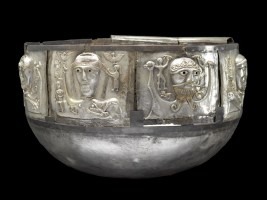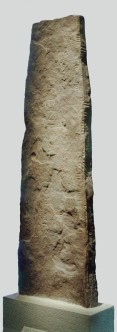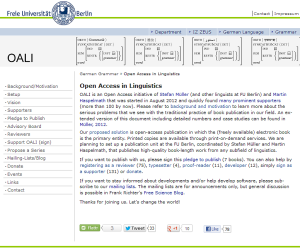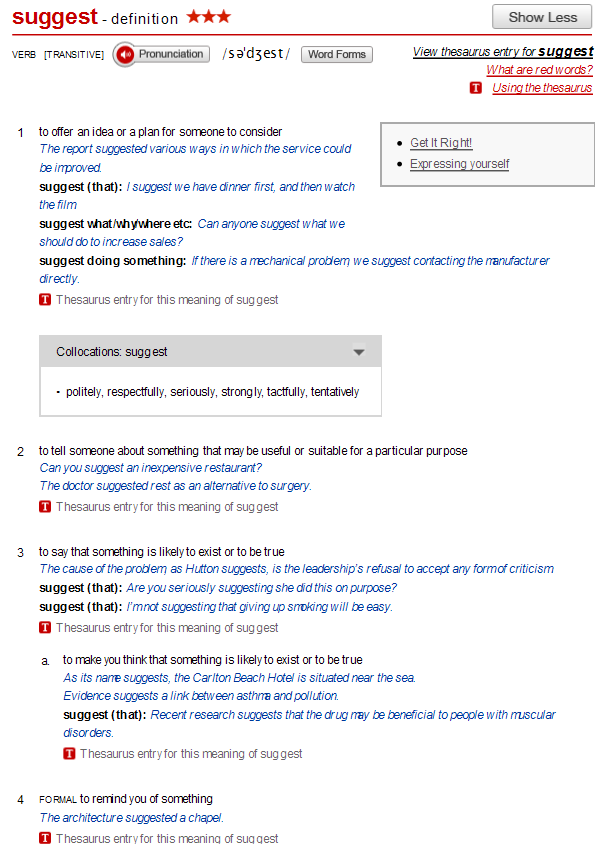
I’m trying to catch up after a long time. It feels a bit odd but let’s see where this will get me.
My holiday this year was short but sweet. I visited Edinburgh to see the exhibition “The Celts” in the National Museum of Scotland but it turned out that Edinburgh had more to show. But more of this in following posts.
 The exhibition on the Celts was truly impressive. I thought I knew something about them but the exhibition made me realise there was so much more to learn.
The exhibition on the Celts was truly impressive. I thought I knew something about them but the exhibition made me realise there was so much more to learn.
The exhibition features a huge collection of well preserved artefacts. Together with the wealth of information and interpretation provided in the accompanying videos, texts and pictures, the world of Celts felt less romanticized but richer and more  mysterious than ever before. And the fact that the meanings of so many representations and symbols found in these objects remain hidden and beyond our comprehension is a truly humbling experience.
mysterious than ever before. And the fact that the meanings of so many representations and symbols found in these objects remain hidden and beyond our comprehension is a truly humbling experience.
National Museum of Denmark It’s difficult to say which of the exhibits impressed me most. The craftsmanship and elegance of the design found in these objects are astonishing. The Gundestrup cauldron, which is on loan from the was full of surprises. The depictions provide evidence for a shared knowledge of the world. Just like the cauldron, most exhibits open up more question than they answer.
The other that I really cannot not mention is the standing stone with the Ogam inscription (borrowed from the British Museum). Again, man’s desire to communicate even if it takes so much effort (try chiselling these marks in stone yourself) is simply astonishing.
I could go on and on about the intricate decorations of The Battersea shield, all the pins and brooches and jars and torcs exhibited. But I won’t go in all the details. Suffice it to say that the exhibition shouldn’t be missed.




